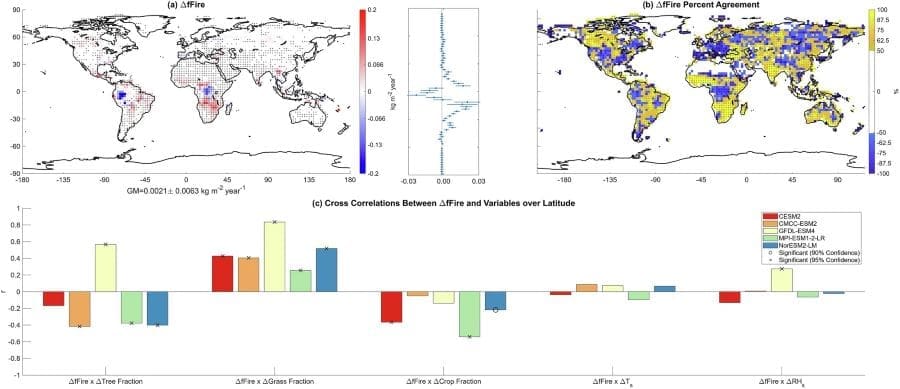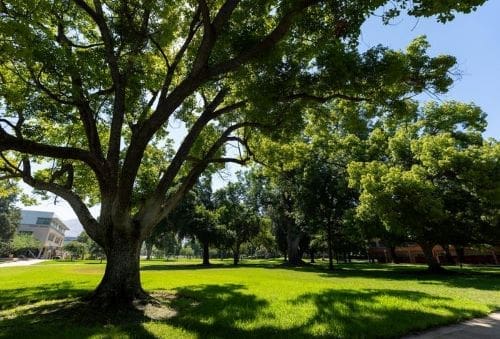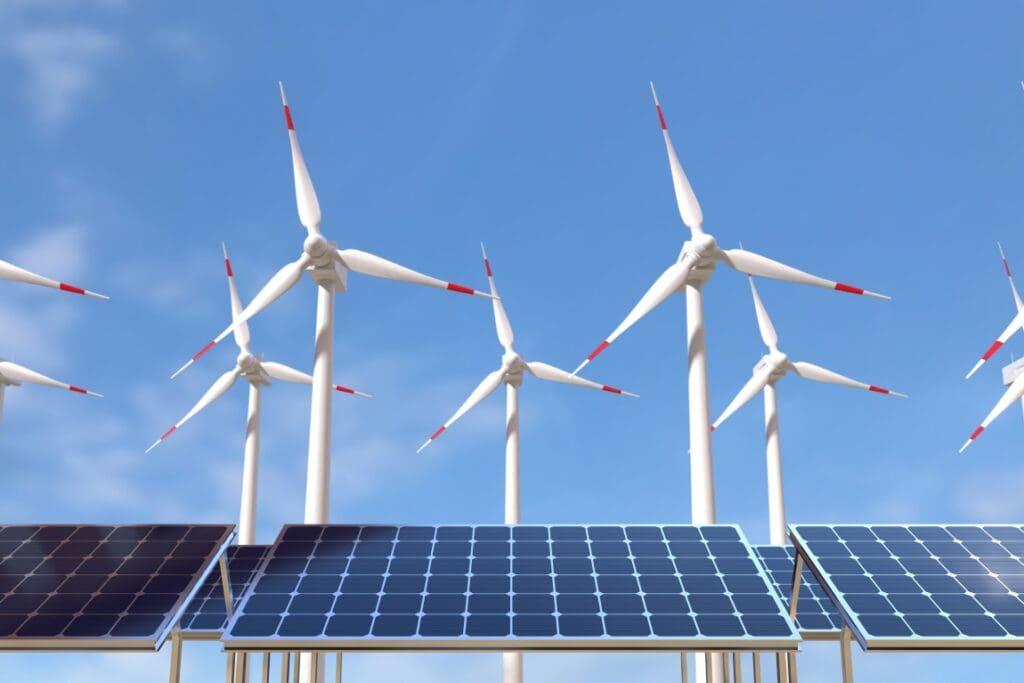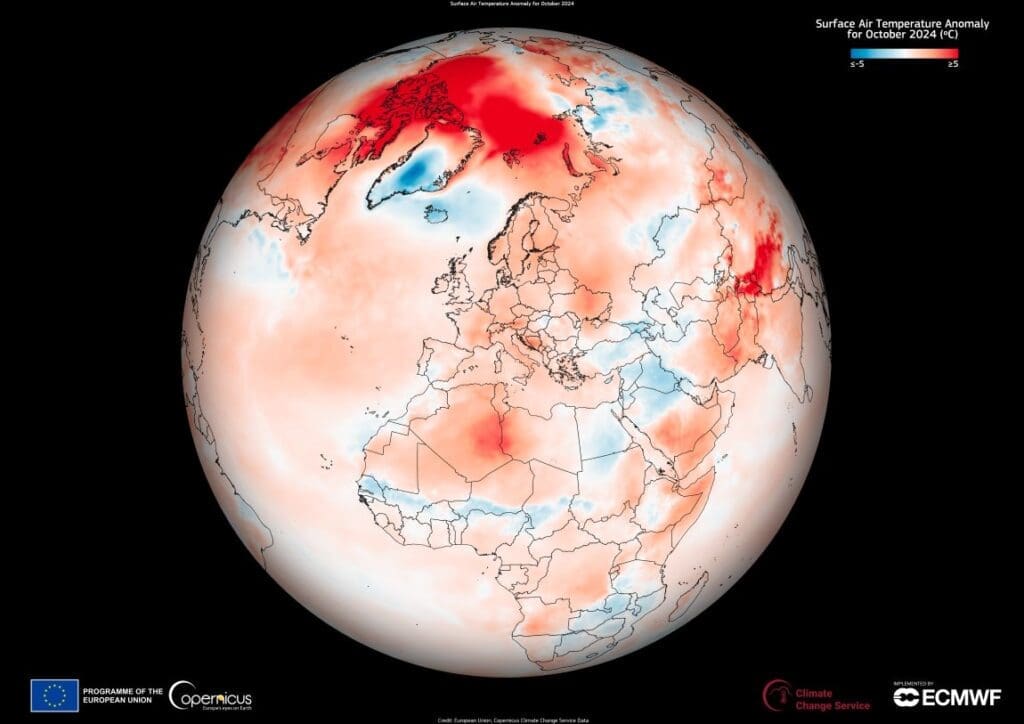Summary:
Planting trees in the tropics offers the greatest benefits for cooling the planet and reducing fire risk, according to new research from the University of California, Riverside. The study, published in npj Climate and Atmospheric Science, found that while forestation generally helps draw down carbon dioxide from the atmosphere, the local climate effects of trees vary by location.
Using twelve climate models commonly relied on for international policy, the researchers compared the biogeochemical impacts of trees, such as carbon storage, with their biogeophysical effects, such as evapotranspiration and changes in sunlight reaching the surface. They found that the tropics consistently deliver the strongest cooling, with tropical forests reducing local temperatures by up to 0.8°F (0.4°C) in some areas. By contrast, tree planting at higher latitudes can have a slight warming influence because dark tree canopies absorb more solar radiation.
Lead author James Gomez, a UCR graduate student, explained that tropical trees provide a “double benefit” by both storing carbon and cooling the air through water vapor release. The research also showed that tropical forests may suppress fires, since trees are more fire resistant than grasses, adding another layer of climate resilience to regions with year-round growth.

Trees in the tropics cool more, burn less
The study found that tree planting is generally a net positive for the climate because it helps pull warming carbon out of the atmosphere. However, local effects on temperature not related to carbon varied significantly by region. At higher latitudes, trees could have a slight heating effect, while the opposite is true in the tropics.
“Our study found more cooling from planting in warm, wet regions, where trees grow year-round. Tropical trees not only pull carbon dioxide from the air, they also cool while releasing water vapor,” said study first author and UCR graduate student James Gomez. “It’s not that planting elsewhere doesn’t help – it does – but the tropics offer the strongest returns per tree.”

These findings mirror the results of an earlier UCR study that shows planting trees could cool the surface of the planet even more than previously expected. While that study factored in the chemical effects of trees interacting with the atmosphere, this study places more emphasis on understanding the physical effects of tree planting.
These effects include “tree sweating,” or evapotranspiration. Tree roots pull water from the soil, which then travels up through the trunk and into the leaves. When pores in the leaves open up so the tree can take in carbon dioxide for photosynthesis, some of the water in the leaves evaporates into the air. This process cools the air on Earth’s surface and cools the tree, too.
“It’s just like the way sweating cools your body,” Gomez said. “In the tropics, there is constantly water available for trees, and that increases transpiration.”
Trees can also reduce the amount of sunlight that reaches the planet’s surface. As they give off water vapor, the air can become more humid. More humidity can mean more clouds, and water vapor itself can soak up some sun. Both of these effects reduce the amount of sun that reaches the ground, giving a cooling effect.
The physical effects of the added trees yield weak global mean cooling of 0.01°F, although this cooling does become significant in the tropics at about 0.1°F, with some tropical regions like central Africa experiencing cooling up to 0.8°F.
Accounting for the carbon sequestration of the added trees, which here are approximated offline, is expected to amplify these cooling effects by about 0.15°F globally. The researchers note that better estimates of the carbon sequestration effects will be explored in a future study, where both the physical and carbon cycle effects of establishing new forests are interactively simulated.
“Though the non-CO₂ effects are small, it is good news that they are not warming, which prior studies have indicated is likely,” Gomez said.
For this study, the researchers also used a relatively realistic scenario, planting trees in places where they have been removed, avoiding deforestation, and limiting new trees to places where they would not displace people or too much agricultural land. In addition, the experiment used data from 12 climate models commonly used for international policy analysis, so the results would be more reliable than relying on a single model.
The researchers also found that, in some cases, trees can have a fire suppression effect. “In tropical savannahs, and in other places around the world, trees are much more fire resistant than grasses,” Gomez said.
However, the study found that in parts of Canada and the northeastern U.S. trees would likely cause more fires and reduce cooling by absorbing too much sun.
“This is not an invitation to get rid of the trees growing there! They provide multiple benefits for ecosystems and diversity, reducing CO₂ and cooling the surrounding areas,” Gomez said.
“What we need is a Goldilocks zone of trees in each region. Just the right amount to have the strongest and most positive climate effects.”
Journal Reference:
Gomez, J.L., Allen, R.J., Horowitz, L.W. et al., ‘Climate effects of a future net forestation scenario in CMIP6 models’, npj Climate and Atmospheric Science 8, 297 (2025). DOI: 10.1038/s41612-025-01127-4
Article Source:
Press Release/Material by University of California – Riverside (UC Riverside)
Featured image credit: Alexey Demidov | Unsplash




